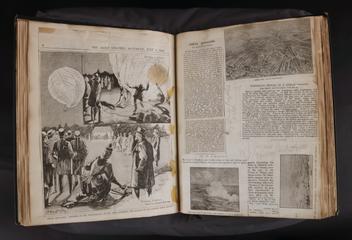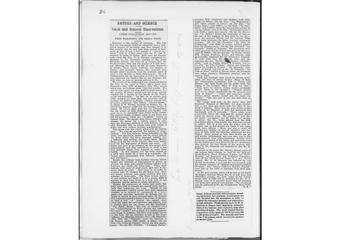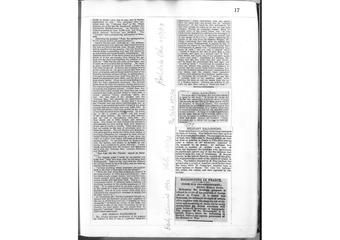
Alexander, Patrick Young 1867 - 1943
- Nationality:
- English; British
(1867-1943), aeronautical pioneer
Patrick Young Alexander was born on the 28th March 1867 at Belvedere, Erith, Kent (now Greater London). He was an aeronautical pioneer with an interest in heavier-than-air flight, carrying out many aviation experiments. He was also enthused with ballooning and meteorology. He travelled widely, visiting Australia in his youth and later making many visits to USA - crossing the Atlantic at least 50 times - he travelled widely in Europe and visited Mexico, Russia, Siberia and Africa in pursuit of his interests.
At the age of 18 Patrick joined as an apprentice to the Merchant Navy, whilst away, in 1890, his father - a civil and mechanical engineer, interested in aeronautics - died and left Patrick a healthy inheritance, which was used to pursue his various interests. He ordered a 100,000 cubic feet balloon, which attracted much public interest. He took it to Germany where he conducted experiments popular amongst German scientists. In 1905 Patrick donated his telescope to the War Office, with money, to create the Aldershot Observatory. The telescope was used to discover one of the 'white spots' on Saturn by John Pettley in 1933.
At the end of the First World War Patrick was fifty years old, he spent the rest of his life at the Imperial Service College, Windsor, where he taught aeronautical principles. He died on the 7th July 1943, and is buried in a churchyard in Windsor. Today he is not well known, as he failed to make any single breakthrough in aviation. His primary contribution to aviation was through his tireless efforts, journals, writings, speeches and his generous support to others with his time, intellect and money.


